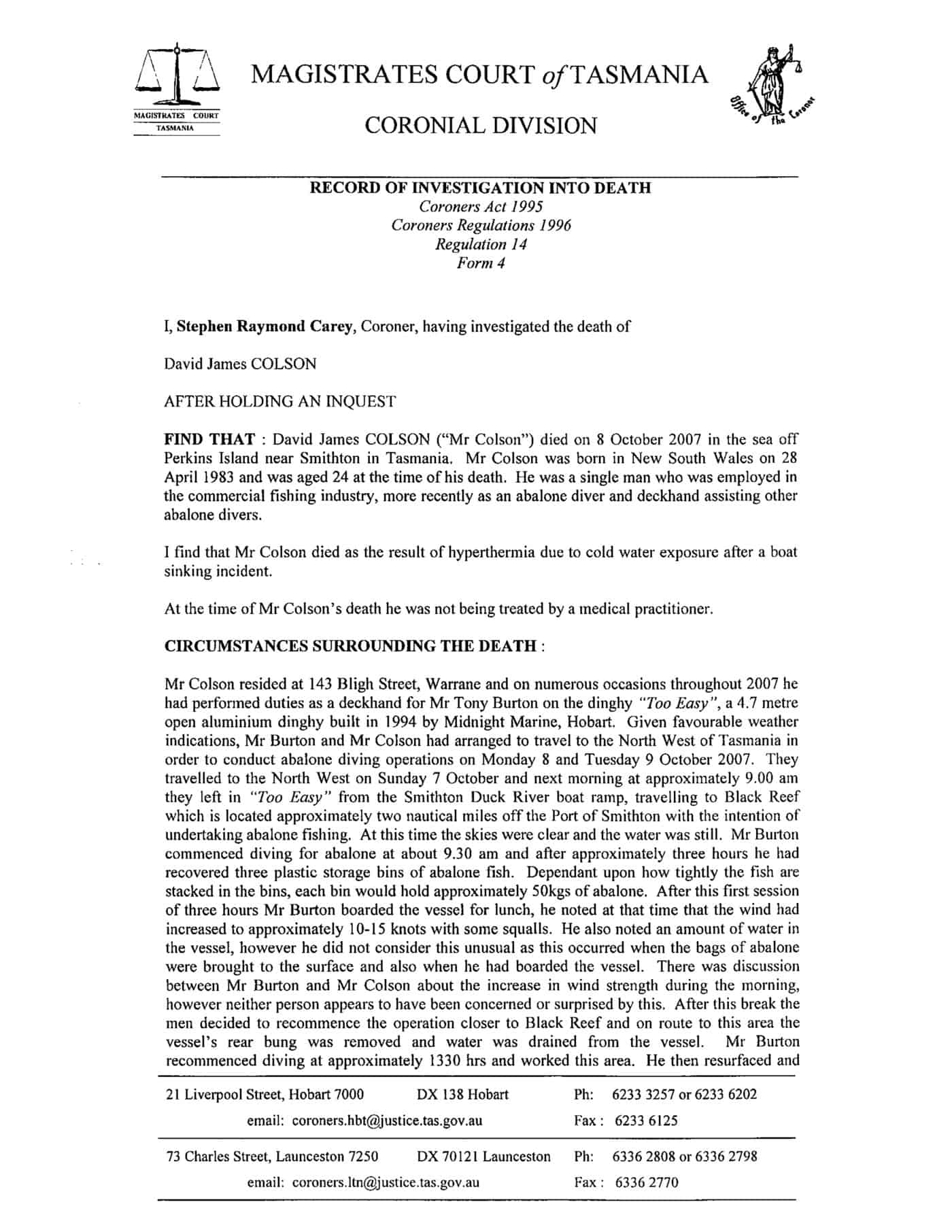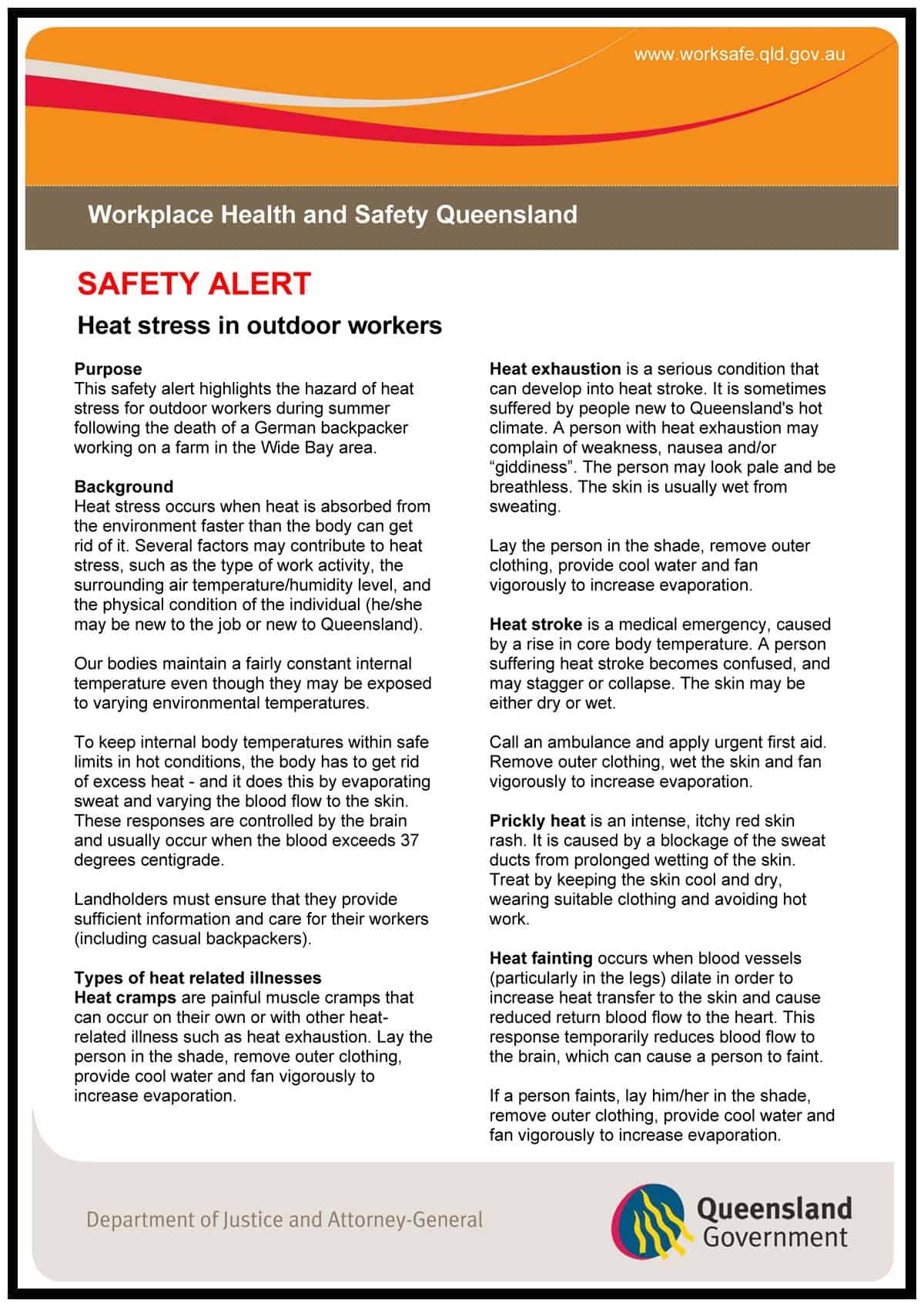Workplace safety, as is any legislation, is subjected to the political whims and decisions of whichever political party is in power at the time. In Australia, John Howard’s conservative government almost halved the already meagre budget of the National OHS Commission, stopping many of the programs of national OHS uniformity that are now being resurrected by the Labor Government of Kevin Rudd.
On 14 January 2010 an investigative report into the operation of Cal-OSHA by KCET says that there was a marked change in the enforcement policies of Cal-OSHA shortly after the election of Republican Arnold Schwarzenegger as Governor of California. Continue reading “Politics and safety in California”

 I have met John Merritt over a number of years and from before he became the executive director of WorkSafe in 2001. During his time with the
I have met John Merritt over a number of years and from before he became the executive director of WorkSafe in 2001. During his time with the 


